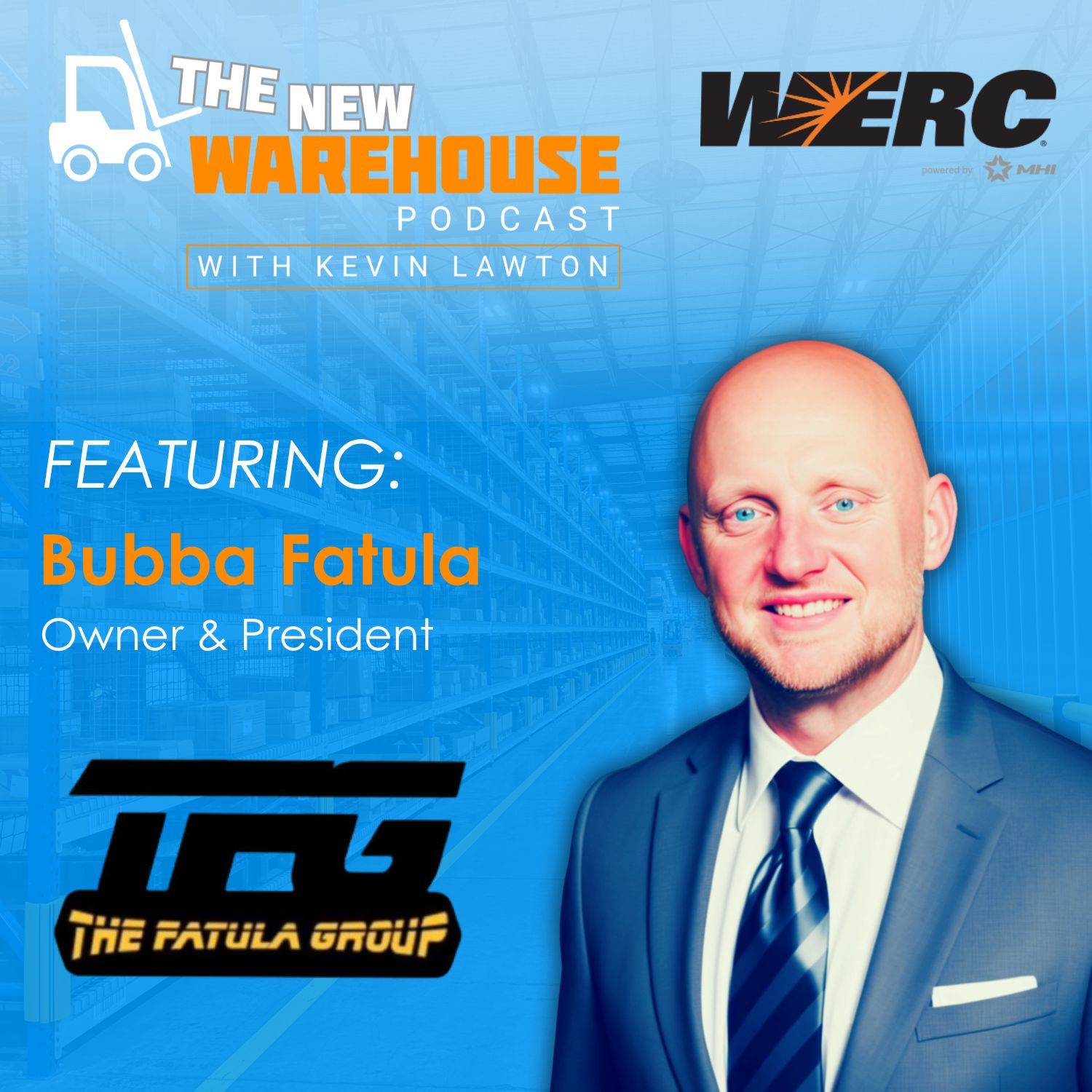
WERC: How to Prepare Warehouses for Active Shooter Scenarios
This episode of The New Warehouse Podcast features Bubba Fatula, founder of The Fatula Group, a consulting firm specializing in threat preparedness. Drawing on his law enforcement and military background, Fatula shares how businesses can proactively prepare for active shooter situations. His goal isn’t to create fear; it’s to equip teams with real-world tools to respond confidently and effectively. The conversation took place at the Warehouse Education and Research Council (WERC) conference in New Orleans, where Fatula had just delivered a session on emergency planning.
Warehouses Face Unique Active Shooter Response Challenges
Warehouses are large, loud, and often chaotic. Employees may be running machinery, wearing hearing protection, or isolated in wide-open spaces. These environmental factors make it hard to detect danger, much less respond quickly. Fatula pointed out that in simulations, many people didn’t realize gunshots had gone off behind them. “There could be gunshots behind you and you don’t even know what’s happening,” he said, explaining that warehouse noise can easily drown out critical audio cues.
To address this, he recommends integrating strobe light systems connected to wearable panic buttons. “As soon as you see a gun, you press that button, and now these strobes go off and alert people who can’t hear what’s going on,” he explained. It’s a low-cost, high-impact solution that fits the realities of the warehouse floor. Without immediate visual alerts, people may not realize anything’s wrong until it’s too late.
Active Shooter Planning Starts With Culture, Not Compliance
Fatula is direct in his assessment of most workplace safety programs: they’re just compliance checklists. He emphasized that real preparedness requires a cultural shift and not just watching a video once a year. “You can’t train somebody in a 30-minute video and think they’re good for the rest of the year,” he said. Instead, he recommends companies create a dedicated Emergency Operations Team (EOT) focused solely on threat preparedness.
This team should meet monthly, stay focused with short Zoom meetings, and constantly revisit and refine the company’s threat protocols. The purpose isn’t just planning—it’s reinforcement. “If surviving somebody trying to kill you is just a checkbox, then it’s never going to save lives,” Fatula added. Live training should happen every other year, supported by short, powerful videos. This layered approach is especially critical in high-turnover environments, such as fulfillment centers, where someone may be on the job for just a day before an incident occurs.
It’s Time to Rethink “Run, Hide, Fight”
Fatula emphasizes that most people learn response tactics that actually increase their vulnerability. “Those aren’t survival skills. Those are die skills,” he said bluntly, referring to the old model of hiding under desks and waiting for help. That passive approach, he argues, plays directly into the attacker’s plan.
Fatula’s philosophy is to train people to act—starting with strategic positioning. “Get on the interior wall, get something in your hand, and be ready to fight for your life,” he said. Hiding behind a cubicle or crouching in the open only puts people in harm’s way. His recommendation aligns with the “run, hide, fight” model but with a heavier emphasis on mental readiness. “That fight mentality has to come down from deep in your stomach. You have to tell your brain: if something comes through this door, I’m fighting—because I’m going home today,” he said.
This mindset reduces chaos, too. Fatula pointed out that chaos increases when people don’t know what to do, and panic spreads faster than logic. “Either you have a plan, or you become part of the bad guy’s plan,” he warned. In a setting filled with heavy equipment, forklifts, and people running in every direction, chaos becomes another threat.
Key Insights from Bubba Fatula
- “An active shooter is somebody who’s actively engaged in killing you.”
- Warehouses require non-verbal alert systems like strobes and wearable panic buttons.
- Building an Emergency Operations Team focused solely on threat preparedness is essential.
- Culture, not compliance, is what saves lives. Checkbox training won’t cut it.
- “Don’t get under a table. That’s where the bad guy wants you.” Fight from a position of advantage.
- Turnover doesn’t excuse poor preparation—use short training videos to reinforce your strategy.
- “You control chaos by having a plan. The more people who have a plan, the less chaos occurs.”
Listen to the episode below and leave your thoughts in the comments.
Guest Information
Website: The Fatula Group
Connect with Bubba on LinkedIn
Email: bubba@threatpreparedness.com
For more information about warehouse safety, check out the podcasts below.
Rack Safety with UpRight Warehouse Solutions: Fast Repairs, Real Prevention, and Smarter Response
Voxel: A Collaborative Approach to Improving Warehouse Safety with AI-Powered Insight
